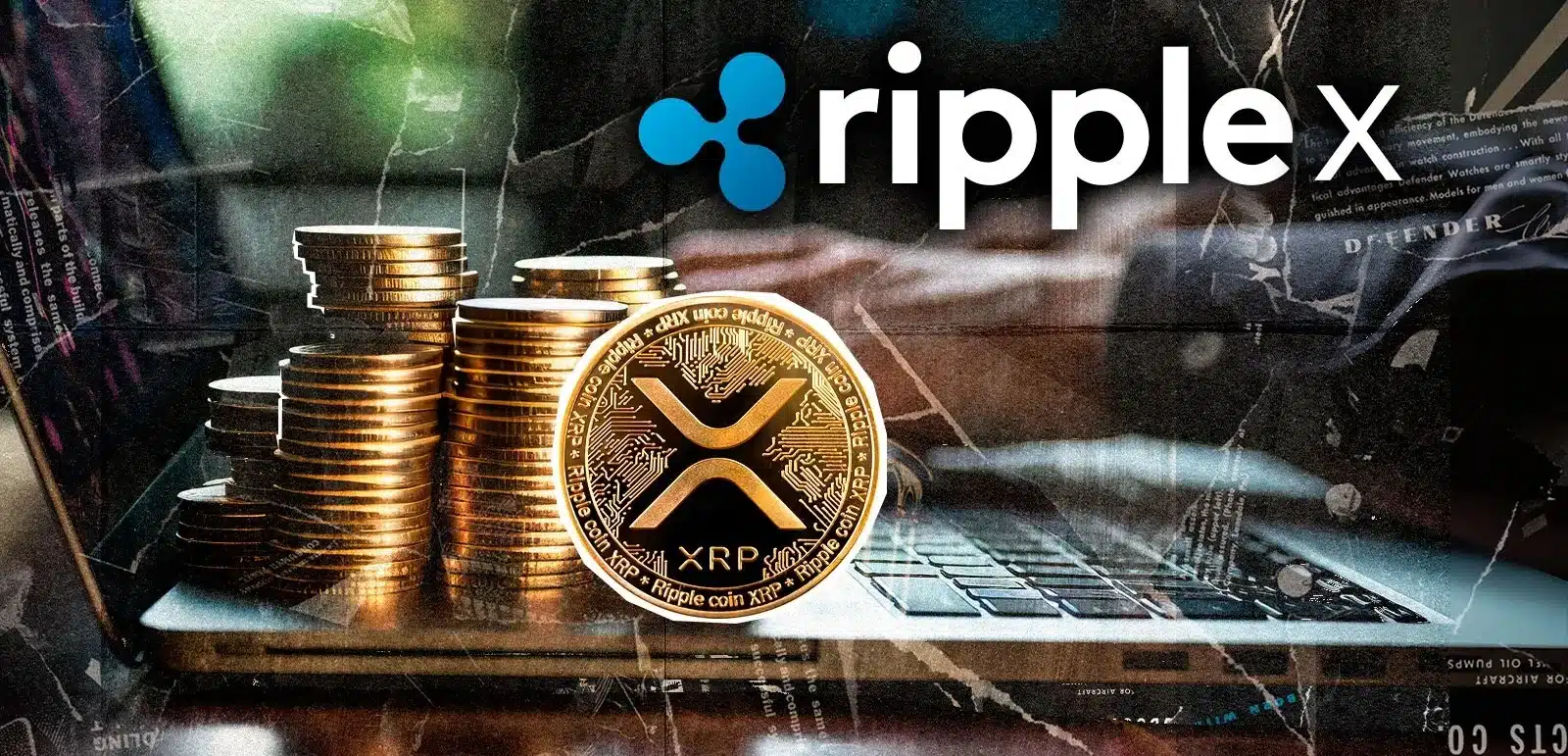- Vincent Van Code noted that major institutions face high costs and compliance challenges in directly holding XRP.
- He argued that vehicles like Evernorth’s Nasdaq-listed XRP treasury and future ETFs offer a compliant way for institutions to gain XRP exposure.
- Van Code remains optimistic that such regulated investment structures will drive long-term institutional demand.
Software engineer and crypto investor Vincent Van Code has weighed in on the growing discussion around Evernorth’s recent announcement and its implications for XRP’s institutional adoption.
In a detailed post on X, Van Code argued that while Evernorth’s $1 billion XRP treasury initiative is a major step forward, it also underscores a deeper issue: how difficult it remains for large institutions to directly buy and hold XRP.
Institutions Face Barriers to Direct XRP Custody
According to Van Code, corporations and funds with significant capital cannot simply set up wallets or self-custody large amounts of crypto. “Large companies aren’t going to simply set up a Ledger or Xaman wallet and drop $100M in there,” he noted.
He emphasized that institutional investors require a complex infrastructure, including compliance, auditing, and secure custody solutions, all of which add substantial annual costs. “They want custody, audit, compliance, security, which would likely add $300k per year in costs just to hold crypto,” he explained.
Also Read: Ripple CTO Sounds Alarm Over Fake Wallet Security Upgrade Emails Flooding Inboxes
What I am realizing with the bew @evernorthxrp announcement and stagnant XRP price is that it might be harder than we think for institutions to buy and hold XRP.
Large companies aren’t going to simply setup a Ledger or Xaman wallet and drop $100M in there.
They want custody,…
— Vincent Van Code (@vincent_vancode) October 21, 2025
These hurdles make direct exposure to XRP less practical for traditional financial entities seeking regulated and transparent avenues to participate in the digital asset market.
Evernorth and ETF Models Offer Practical Workarounds
Van Code suggested that indirect exposure through regulated vehicles like Evernorth or potential XRP exchange-traded funds (ETFs) could bridge this gap.
“That’s why these other vehicles, which give exposure to XRP, are the best bet,” he said, referencing models where investors can gain XRP exposure by purchasing shares in companies that hold the asset or via future ETF products.
Evernorth’s upcoming Nasdaq listing (ticker: XRPN) aims to provide precisely this kind of exposure, allowing institutional and retail investors to indirectly participate in XRP’s market performance without dealing with the complexities of direct custody.
Bullish Outlook on XRP’s Institutional Future
Despite XRP’s relatively stagnant price in recent weeks, Van Code said the current developments make him “super bullish now, even more than before.” He views Evernorth’s initiative, combined with the growing likelihood of regulated XRP investment products, as pivotal catalysts for future institutional demand.
“This is insane,” he added, emphasizing that institutional participation through compliant vehicles could drive long-term capital inflows into the XRP ecosystem.
Conclusion
Vincent Van Code’s analysis highlights a key insight often overlooked in the digital asset space: institutional demand depends not just on interest, but on accessibility and compliance infrastructure.
As Evernorth’s XRP treasury model and the potential for XRP-linked ETFs evolve, the path to broader institutional adoption may not rely on direct blockchain interaction — but on traditional financial instruments designed to make that access possible.
Also Read: Bitcoin (BTC) Crosses $110,000 as Altcoins Record Mixed 24-Hour Movements

